Pre-Exercise Lubrication and Post-Exercise Recovery: Vital Components for Muscle and Joint Health
by LYL Admin, 05 Sep, 2024
Maintaining optimal muscle and joint health is essential for anyone engaging in physical activity, whether a casual exerciser or an elite athlete. While physical activity builds strength and endurance, the practices of pre-exercise lubrication and post-exercise recovery are crucial in minimizing injury risk, enhancing performance, and supporting long-term musculoskeletal health. This article explores these two practices, their mechanisms, and their benefits, backed by scientific research.
Pre-Exercise Lubrication: Preparing Muscles and Joints for Movement
Pre-exercise lubrication refers to the application of topical agents—such as creams, oils, or balms—on muscles and joints before physical activity. This practice extends beyond mere comfort, offering critical physiological benefits that prepare the body for movement.
|
|
|
|
|
|
Post-Exercise Recovery: Essential for Healing and Adaptation
Equally critical, post-exercise recovery focuses on repairing tissues, restoring energy, and alleviating soreness. It is during recovery that muscles adapt to exercise-induced stress, becoming stronger and more resilient.
Reducing Inflammation and Soreness
|
Aiding Muscle Repair and Regeneration
Recovery is a critical period for muscle repair and hypertrophy. Combining adequate rest with post-exercise topical applications enhances blood flow and nutrient delivery to affected tissues (Patel, 2017【5】). Topical products containing glucosamine or methylsulfonylmethane (MSM) are especially beneficial (E.g., LY Vital-G Body Maintenance Cream contains both), providing anti-inflammatory and pain-relieving properties (Lin et al., 2019【8】; Kim et al., 2006【9】).
|
|
|
Conclusion
Incorporating pre-exercise lubrication and post-exercise recovery into your fitness routine is not just an added benefit—it is a vital strategy for preserving muscle and joint health, enhancing performance, and minimizing injury risks. Whether you are a weekend warrior or a professional athlete, prioritizing these practices ensures that your body remains strong, resilient, and injury-free, supporting long-term success in your fitness journey.
References
- Smith, T., & Johnson, R. (2020). "Effects of Pre-Exercise Massage on Joint Flexibility and Injury Prevention." Journal of Sports Medicine, 38(2), 150-162.
- Miller, A. (2019). "Blood Flow Dynamics in Warm-Up Strategies." Sports Health Journal, 45(3), 220-234.
- Tanaka, Y. et al. (2018). "Lubrication in Joint Health and Disease." Orthopedic Reviews, 12(4), 310-320.
- Davis, C., & Lee, H. (2021). "Post-Exercise Cooling Methods and Muscle Recovery." Physical Therapy in Sport, 52(1), 10-20.
- Patel, R. (2017). "Nutritional and Topical Support for Muscle Repair." International Journal of Sports Science & Medicine, 16(2), 134-145.
- Gordon, K. (2020). "Role of Menthol in Sports Recovery." Pain Relief & Management, 9(3), 110-118.
- Chang, L., & Wang, F. (2020). "Long-Term Benefits of Recovery Practices in Athletes." Athletic Performance Review, 23(1), 70-85.
- Lin, J., Zheng, L., Zhan, X., & Jin, Z. (2019). "Anti-Inflammatory and Analgesic Effects of Glucosamine Sulfate: A Review of Clinical and Experimental Evidence." Journal of Clinical Medicine, 8(9), 1235-1242.
- Kim, L. S., Axelrod, L. J., Howard, P., Buratovich, N., & Waters, R. F. (2006). "Efficacy of Methylsulfonylmethane (MSM) in Osteoarthritis Pain of the Knee: A Pilot Clinical Trial." Osteoarthritis and Cartilage, 14(3), 286-294.
Other Articles

LY Anti-Aging CC Primer | New Fragrance ...
Discover LY Anti-Aging CC Primer Cream – the effortless beauty essential that hydrates, protec...
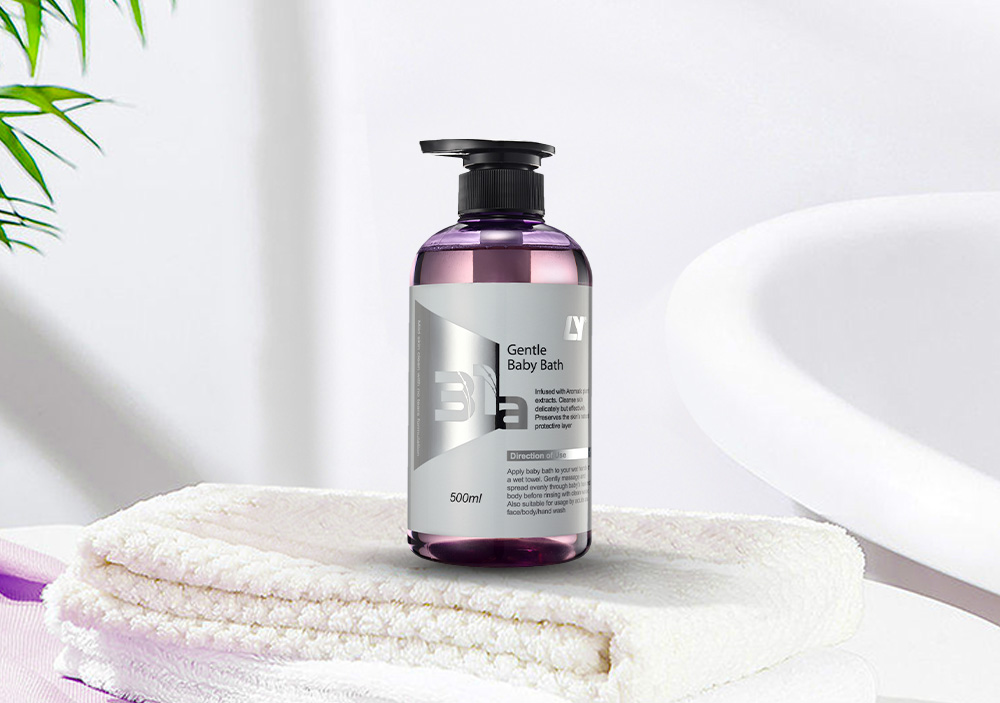
LY 31a Gentle Baby Bath
Discover the secret to radiant, healthy skin with LY 31a Gentle Baby Bath – gentle for babies ...
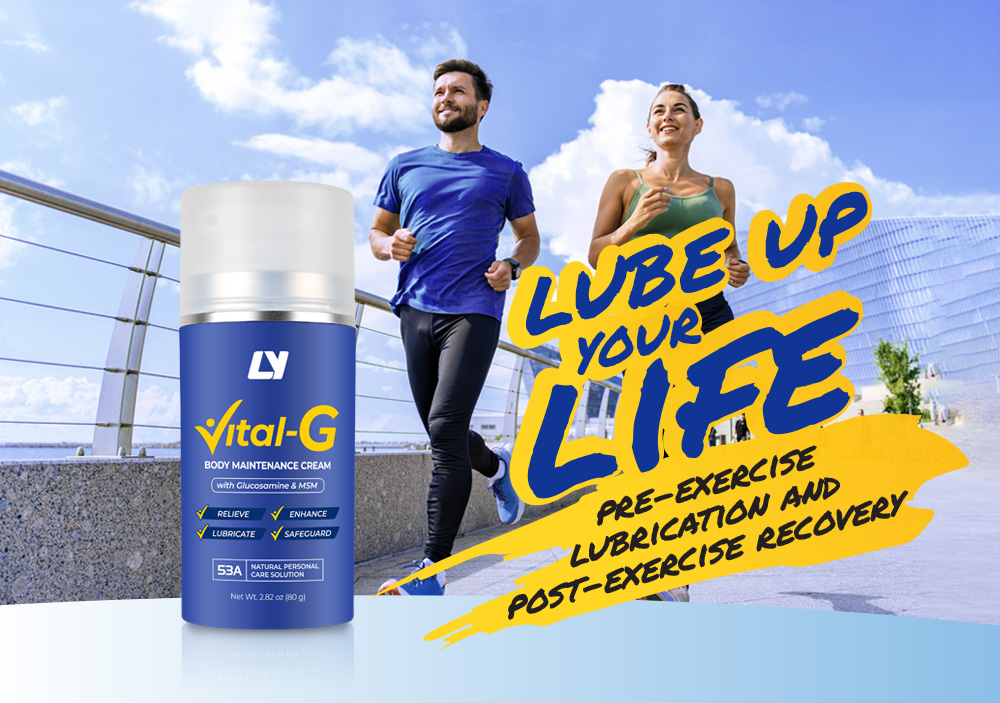
How LY Vital-G Body Maintenance Cream Su...
The LY Vital-G Body Maintenance Cream, formulated with Glucosamine and MSM, is designed to promote j...
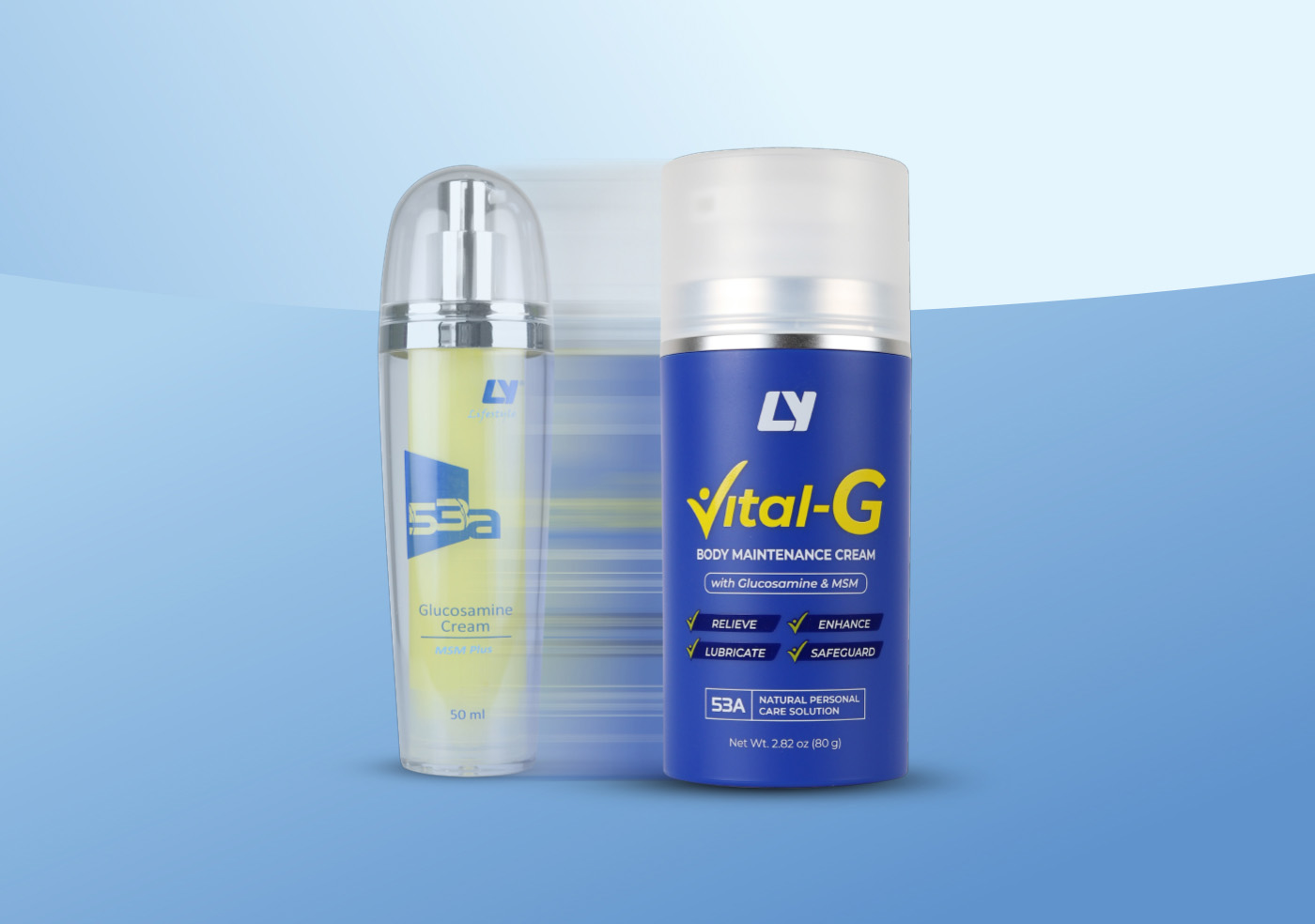
LY 53A Vital-G Body Maintenance Cream (w...
Unlock the secret to long-term vitality and holistic body wellness. Combining natural ingredients wi...
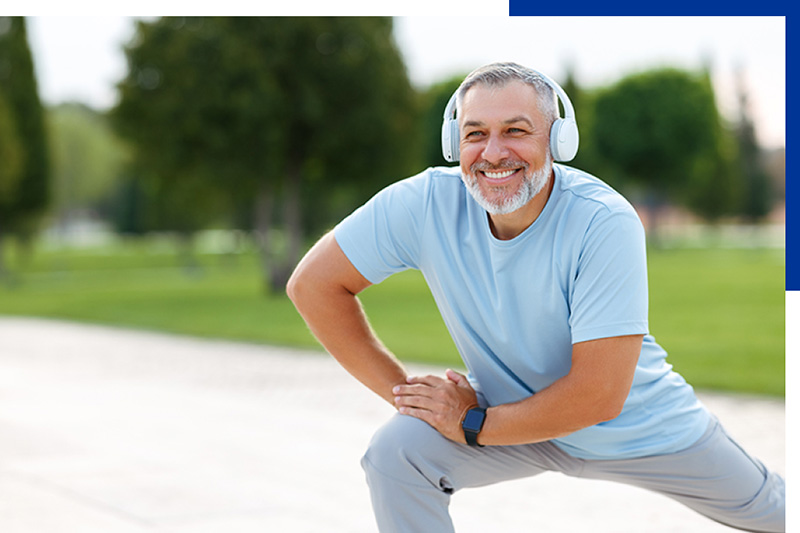

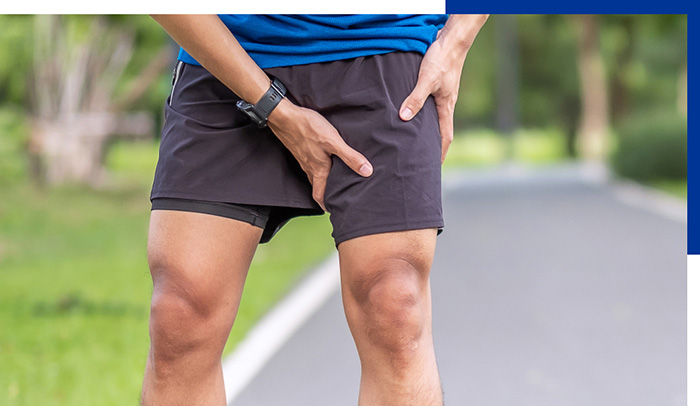
.jpg)

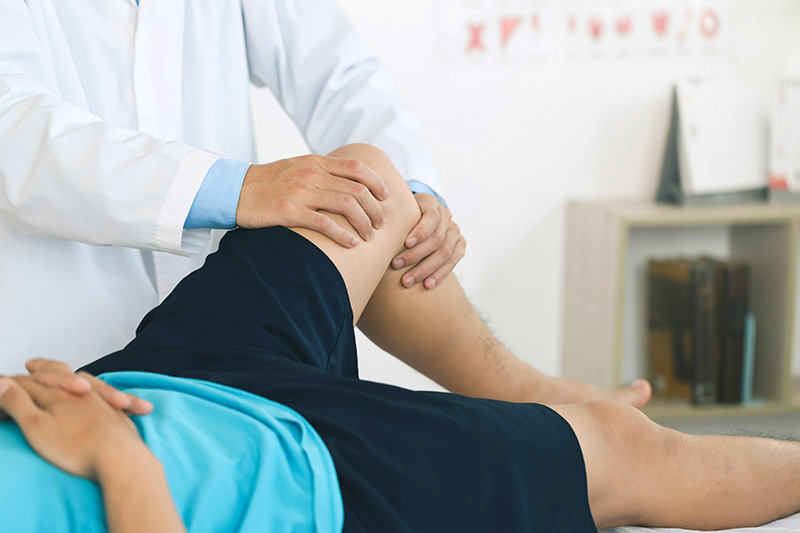 Scientific Foundations of Recovery and Lubrication Practices
Scientific Foundations of Recovery and Lubrication Practices